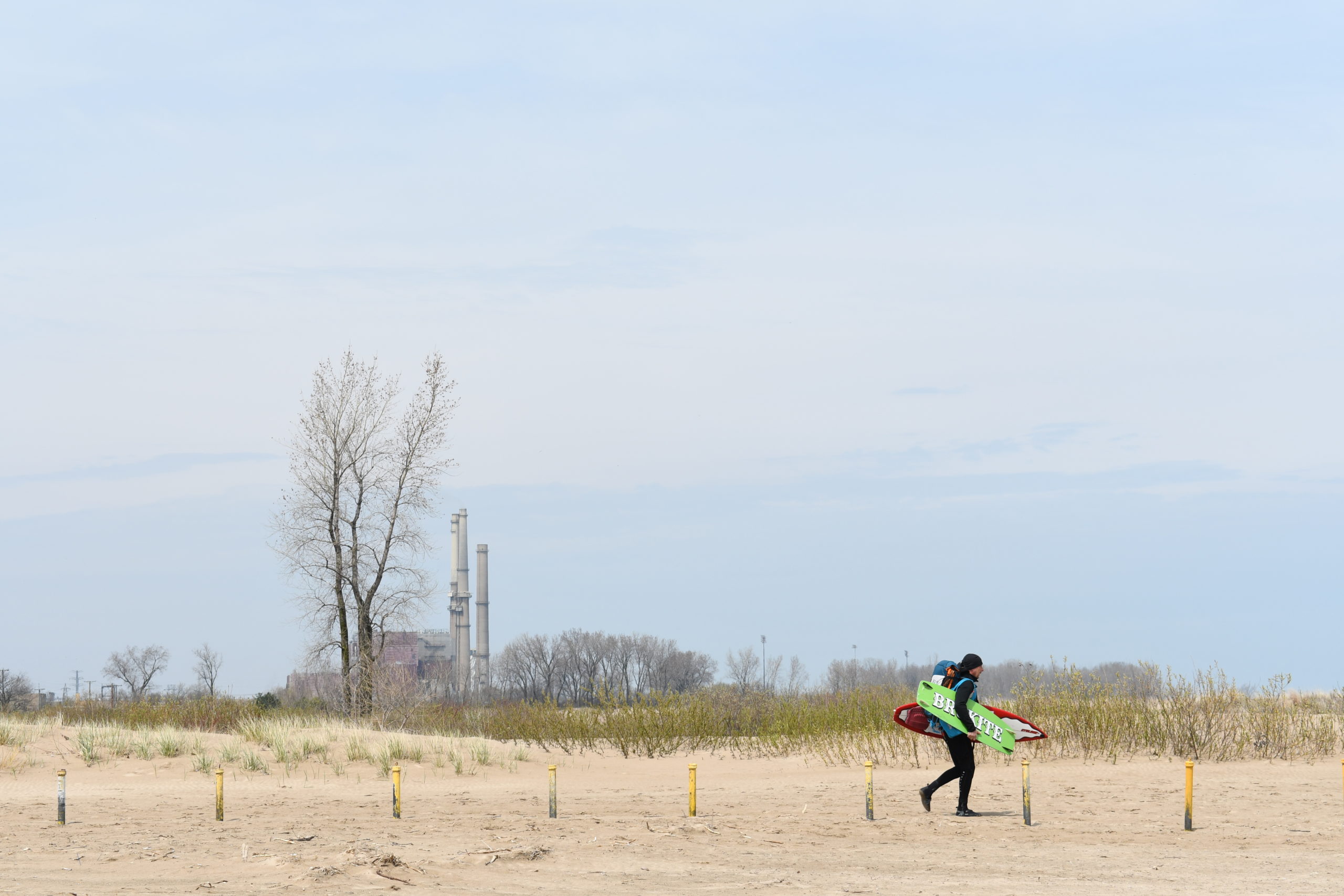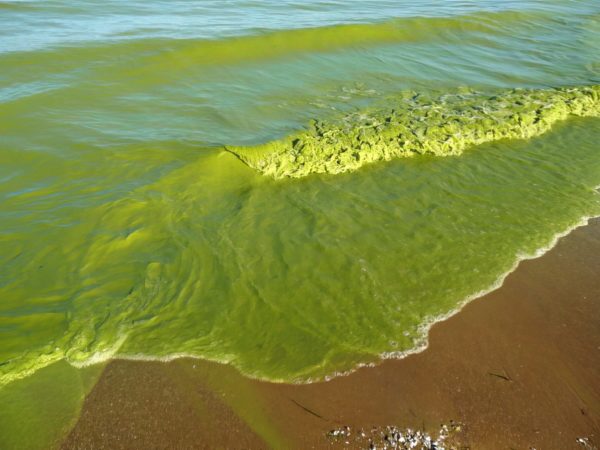
The 2024 presidential race is heating up, and politicians from the Great Lakes region are in the spotlight on both sides of the aisle. Energy can be a divisive issue around here. The state lawmakers in contention for vice president reflect that. Former President Donald Trump’s running mate, Ohio Sen. JD Vance, has positioned himself in support of oil and gas and against renewables, and has said he’s skeptical that human activity is contributing to climate change. Pennsylvania Gov. — and Democratic VP frontrunner — Josh Shapiro has sought to transition his state, a top producer of natural gas, to an economy powered by cleaner industries, though some environmental groups say he hasn’t done enough.
Early discussions about who Vice President Kamala Harris, the presumptive Democratic nominee, might pick often featured Michigan Gov. Gretchen Whitmer, who signed major climate legislation last year but has since said she wants to stay where she is. Minnesota Gov. Tim Walz, Illinois Gov. JB Pritzker and Transportation Secretary Pete Buttigieg, all champions of clean energy, are still part of the conversation.
The same states that have dominated Democrats’ VP predictions were awarded huge sums of climate funding by the Biden administration last week. The Environmental Protection Agency announced that it will give about $430 million to Illinois, $396 million to Pennsylvania, $200 million to Minnesota and $129 million to Michigan to expand renewables, electrify infrastructure and take other steps to reduce their greenhouse gas emissions. Additional local recipients include an effort to retire a more than 100-year-old coal plant in Ohio, near Cleveland, and a program to reduce methane emissions at a New York landfill.
Despite the progress made in recent years, the energy transition has a long road ahead. A trio of Bridge Michigan journalists took an electric vehicle on a 1,180-mile road trip around Lake Michigan to see how well the state’s charging network could hold up to that American tradition. It’s been almost three years since Whitmer announced plans to create a pathway around the lake for EVs. Today, some areas have plenty of fast, functional chargers. Others have very few. The journalists made it. But they struggled.
“We did a ton of homework, downloaded apps and meticulously planned our route around access to chargers,” they wrote. “Even so, we weren’t totally prepared for the mixture of pluck and luck required to drive long distance in an EV in 2024.”
As the Great Lakes region looks ahead, it remains tied to the fossil fuels that have powered it for generations and are still in use today. Minnesota Power, a division of Allete, is currently working with state officials to clean up a mid-July coal ash spill at Boswell Energy Center. The utility estimated that it spilled about 5.5 million gallons of water, which came from the top of a coal ash disposal site and may have been laced with contaminants. Testing of nearby surface water is ongoing.
More energy news, in case you missed it:
- The retired Palisades nuclear plant in Michigan could resume operations as soon as August 2025, the chairman of the Nuclear Regulatory Commission said last week.
- Chicago Mayor Brandon Johnson’s attempt to ban natural gas hookups from new construction is over, at least for now, after it failed to secure enough city support.
- People in the central U.S. (from states bordering Canada, like Minnesota and Michigan, all the way down to Louisiana) are paying more for power because of the higher cost of burning coal, a recent analysis found.
- Residents of Ann Arbor, Michigan, will vote in November on a proposal to create an optional public utility that would use only renewable energy.
- The Ohio law at the center of the state’s utility bribery scandal is now five years old — and is still in effect.
Catch more news at Great Lakes Now:
Energy News Roundup: Climate change, energy transition are transforming the Great Lakes region
Energy News Roundup: Great Lakes shipping industry says it could use decarbonization funding too
Featured image: Waukegan residents are concerned about two coal ash ponds about 100 yards away from the Lake Michigan shoreline. It’s the by-product of burning coal at the huge power plant owned and operated by NRG Energy. (Photo Credit: GLN)




